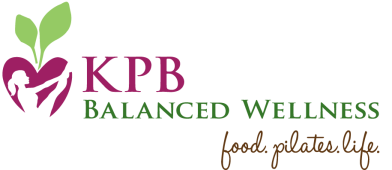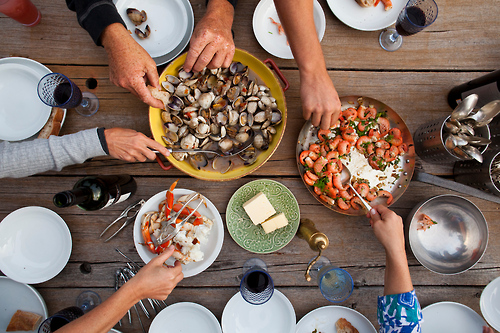This week U.S. News and World Report came out with its top 35 diet plans from 2014. Great! Right? Now we know exactly what the best way to eat is. So, let’s see DASH, Weight Watchers, HMR and Jenny Craig all rank up at the top. Wait a minute, WHAT?! I don’t know even know what some of these are, others are rather large brand names! Interestingly, Weight Watchers and HMR both also have ads running on the pages of this article.
Trying to figure out what you should eat is mind-boggling at best. When you read these diet plans and they tell you to count calories, measure grams or count points, assess your activity level, it may feel like you need a math degree to sort out what you should eat. I particularly loved the explanation for the DASH diet, “how much do you want to read?” It shouldn’t be that hard.
I think Michael Pollan summed it up best: “Eat food, mostly plants, not too much.”
So, let’s talk about this. What should be on your plate?
Colors:
Load your plate up with as many colors as you can. I like playing the ‘Rainbow Game’ with my kids at the end of the day sometimes. We talk about each color and the foods we had that day that reflected that color. Some days are better than others, but then it brings our attention to what we did and didn’t have and goals for the next day.
Strive to load your plate up with vegetables. You really can’t overdo this area. The more colors in your foods, the more vitamins and minerals you are going to get. Expand your palate and consider incorporating one new vegetable a week over the next month. When working out and needing to replace your glucose stores in the body, go for starchier vegetables before grains and legumes. Sweet potatoes, butternut squash, acorn squash are all great.
Proteins:
Proteins help us rebuild our bodies, are necessary for healthy hormones and healthy neurotransmitters. The trick is ensuring you are eating high-quality proteins and digesting them appropriately. Proteins do not need to be the main event, think of them as a side dish to all those amazing vegetables you are eating. That being said, there are times when you are healing from injury or rebalancing blood sugar levels, and then you do need more protein than normal. This is absolutely why it is key to pay attention to you! What do you need? What keeps you feeling your best? No diet plan can tell you that.
When looking for high-quality proteins, look for pasture-raised, free-range, wild-caught, sustainably raised, etc. Organic does not always mean good (and ‘natural’ means nothing), be sure to check your sources.
Fats:
Every single cell in the body requires healthy fats to build healthy cell walls. Let me repeat that. EVERY SINGLE CELL in the body requires healthy fats to build healthy cell walls. Think of those cell walls as you would the walls to your house. They keep pathogens and bugs out, and they keep nutrients and energy in. But, only if you are eating healthy fats to build healthy cell walls. Would you go cheap on the insulation and building materials for your home?
When we go low-fat or no-fat we CAN NOT build healthy cell walls. We are setting ourselves up to be more susceptible to disease, poor absorption of nutrients, reduced energy and so much more.
Drizzle fats on your salads, in your soups, use them to cook with, even add a spoon of coconut oil to your tea (or butter and coconut oil to your coffee for Bulletproof Coffee!). Besides building our cell walls, fats have another pretty great role in the body: they help us feel satiated. When you have had enough, you will be full. It is actually rather difficult to overdo healthy fats. (Trans fats and highly-processed fats, that is a whole other story)
Because fats have such a huge integral component in our human cellular structure, fats need to be sourced from the highest-quality ingredients we can find and afford. High-quality fats include: butter and dairy from pastured dairy cows, raw organic coconut oil, extra-virgin olive oil, avocadoes, raw cold-pressed oils, nuts and seeds, and saturated fats from healthy sources.
So, there you have it. Keep it real, keep it simple and check in with you.


